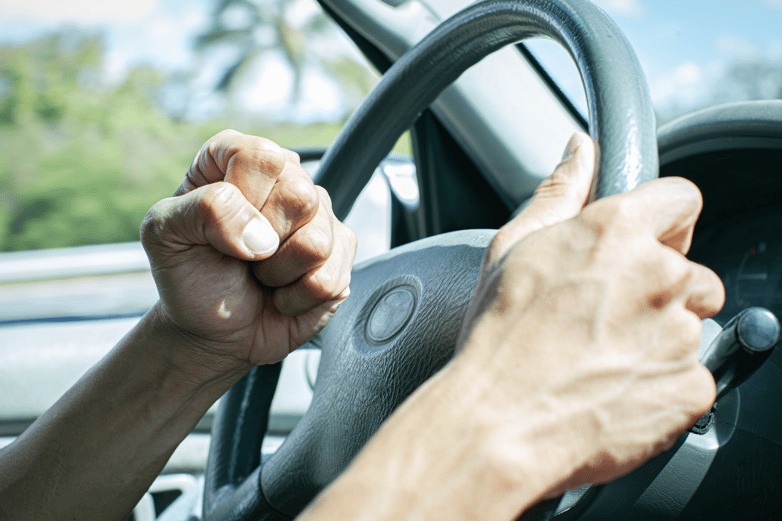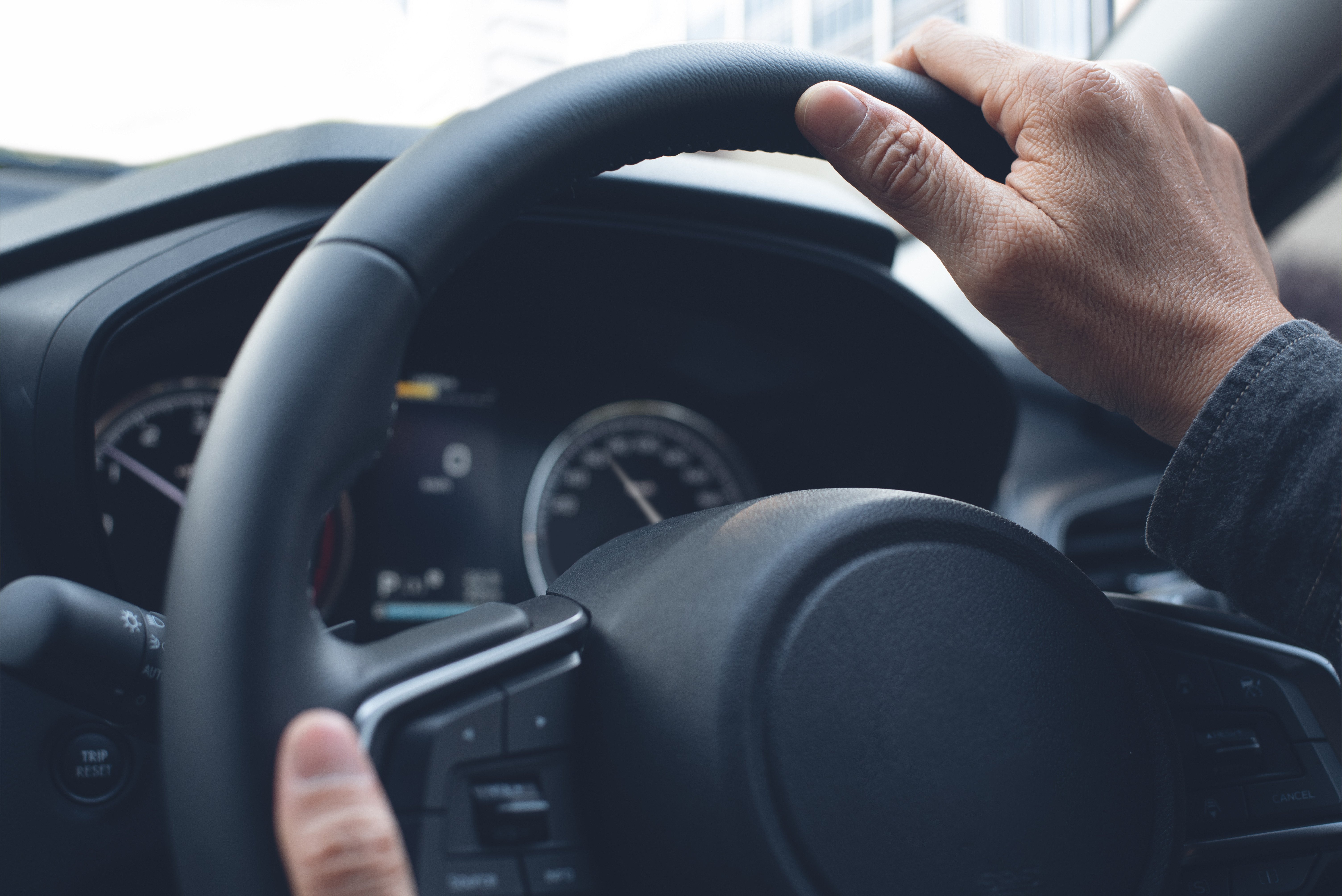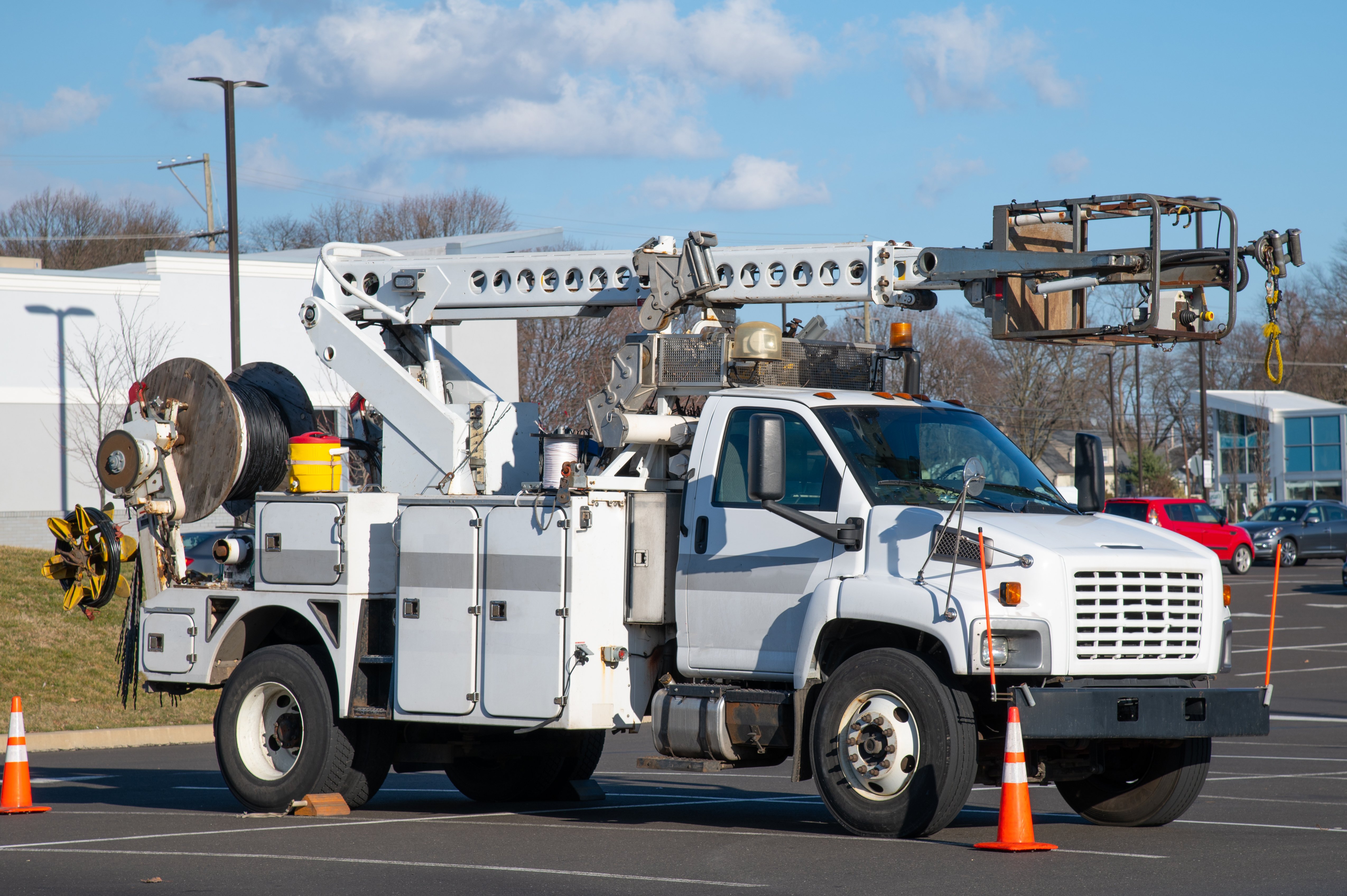
Do you ever pause to consider the impact of your emotions before you start driving? We might occasionally overlook that driving involves more than just technical skills. Our emotional state is crucial in our performance, reactions, and engagement with other road users.
Whether it’s a rush of excitement on an open highway, anger at being cut up at an intersection, or frustration in gridlocked traffic, we might be unable to turn our feelings off. However, we can learn to recognize what’s happening inside us to navigate our inner world to a safer and more enjoyable driving experience. We can also prepare before our journeys to create conditions and environments conducive to greater calmness on the road.
Emotions are part of life and play a pivotal role in our decision-making process while driving. Intense emotional states can impact our driving similarly to fatigue, intoxication, or distraction, inhibiting the ability to make timely and thoughtful decisions. According to research conducted by the AAA Foundation for Traffic Safety, nearly 80% of drivers admitted to experiencing intense anger, aggression, or road rage while driving.
It’s also true that the greater the sense of well-being someone experiences, the more connected and aware they are of what’s happening around them—vital characteristics for a safe driving experience.
Navigating The Roadway of Feelings
Many of us have experienced a surge of emotions while driving on the road. For instance, if another driver cuts you off, you may get angry and respond by driving more aggressively. However, driving with strong emotions can distract us from our surroundings and lead to hazardous situations, particularly if the other driver reacts similarly.
Our feelings can spread quickly and easily, much like a virus. When we interact with others, we leave an impression on them and vice versa. Unfortunately, negative emotions have a tendency to be transmitted from one driver to another on the road.
Positive interactions can also have a significant impact. Perhaps you recall an instance when a driver allowed you to merge at a junction or expressed gratitude with a smile. Such unexpected positive experiences can uplift our mood, reduce stress, and improve our driving experience by fostering a sense of connection.
Studies have revealed that negative emotions can affect one's driving behavior in two ways. Firstly, it might lead to aggressive driving, and secondly, it can distract the driver's attention from the road and their surroundings.
No matter how relaxed we are before we begin driving, the reality is that we will undoubtedly come across external stimuli and unforeseeable actions once we hit the road. How can we adequately prepare ourselves for these situations?
Prepare Your Journey and Set Expectations
Planning for potential emotional challenges is important to identifying stressful situations like busy intersections. This allows you to mentally prepare and manage your emotions effectively.
If possible, utilize a dynamic navigation system that updates in real-time. This will provide alternative routes in case of unexpected closures, even if you are familiar with the destination.
Commit to Positive Intentions
Before driving, you can decide how to respond to emotional triggers. You might say to yourself, “If I encounter a rude driver, I intend to rise above them and let it go”. Or, “If I get stuck in traffic, I will enjoy taking deep breaths and be grateful for the oxygen in my lungs”.
By setting intentions, you can invite awareness so that if those cues occur, they trigger a positive action rather than a catalyst for a negative subconscious pattern to take over.
Be The Bigger Person
Being able to show remorse and apologize for mistakes is a core strength for any driver. It is also a powerful intervention that puts a pin in escalating emotional tension. While you might not see the immediate impact on the other driver, this gesture can be the difference between them driving safely and aggressively for the rest of their journey, even after you are no longer in the picture.
It helps to keep in mind that everyone makes mistakes. Treating others with the same level of respect and kindness that you would want to receive from them is always a good idea.
Show Gratitude
Expressing gratitude can positively impact the emotional well-being of those you interact with. By thanking other drivers and communicating positively, you remind them that a human is behind the wheel. This can strengthen your sense of well-being.
Spending a moment to think about how fortunate you are to be able to drive and get to where you’re going can also mindfully ground you in that moment.
Create Conditions for Calm
You can create conditions for emotional regulation in your immediate driving environment. A calming odor, a comfortable driving position, and the right choice through the entertainment system can make a difference.
Notice how you feel when listening to certain things and switch off radio programs, podcasts, or music that make you emotionally charged.
When you get into your vehicle, commit to focus on driving and decide to leave internal distractions out of reach as you would your cell phone. Our emotions as drivers greatly influence our behavior and decision-making. Recognizing and managing these feelings is crucial to ensure a safer and more peaceful driving experience. Doing so can also improve our general well-being once we arrive at our destination. Not to mention our state of well-being when we arrive at our destination.









